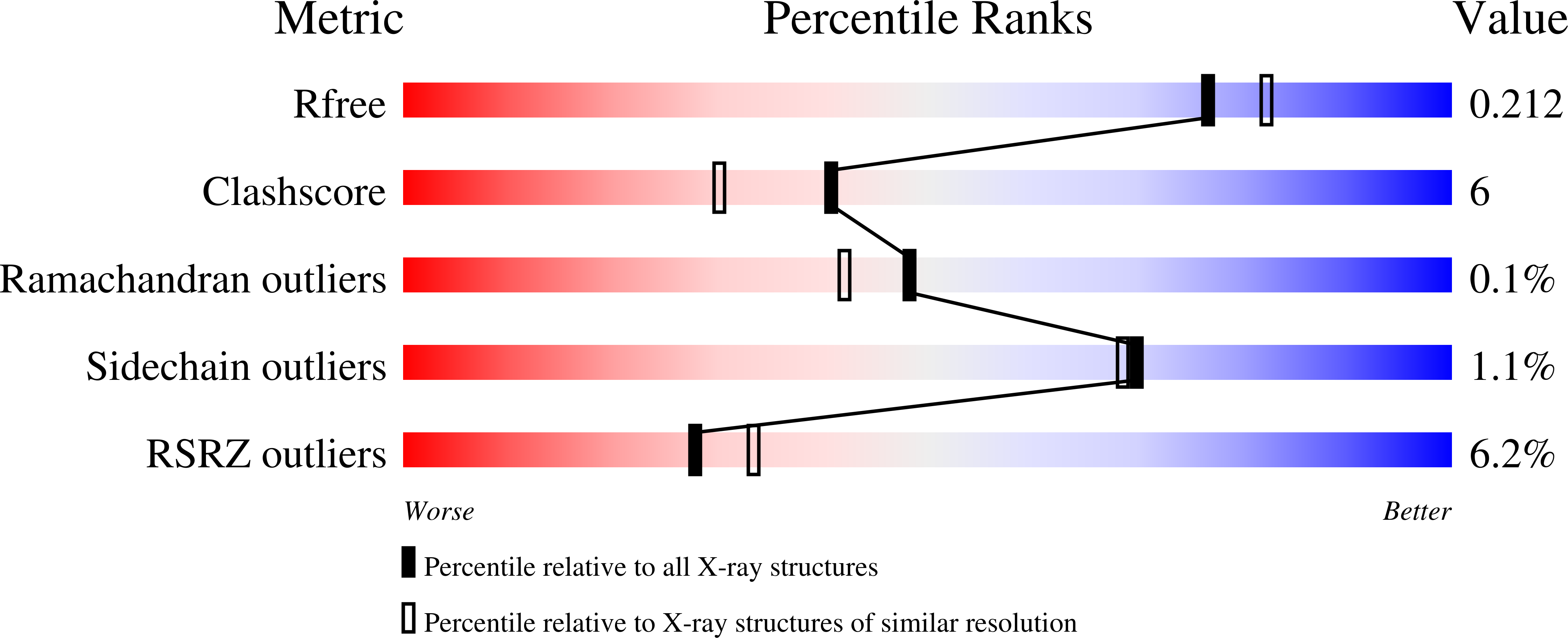
Deposition Date
2023-12-01
Release Date
2025-05-07
Last Version Date
2025-11-19
Method Details:
Experimental Method:
Resolution:
1.95 Å
R-Value Free:
0.21
R-Value Work:
0.18
R-Value Observed:
0.18
Space Group:
H 3


